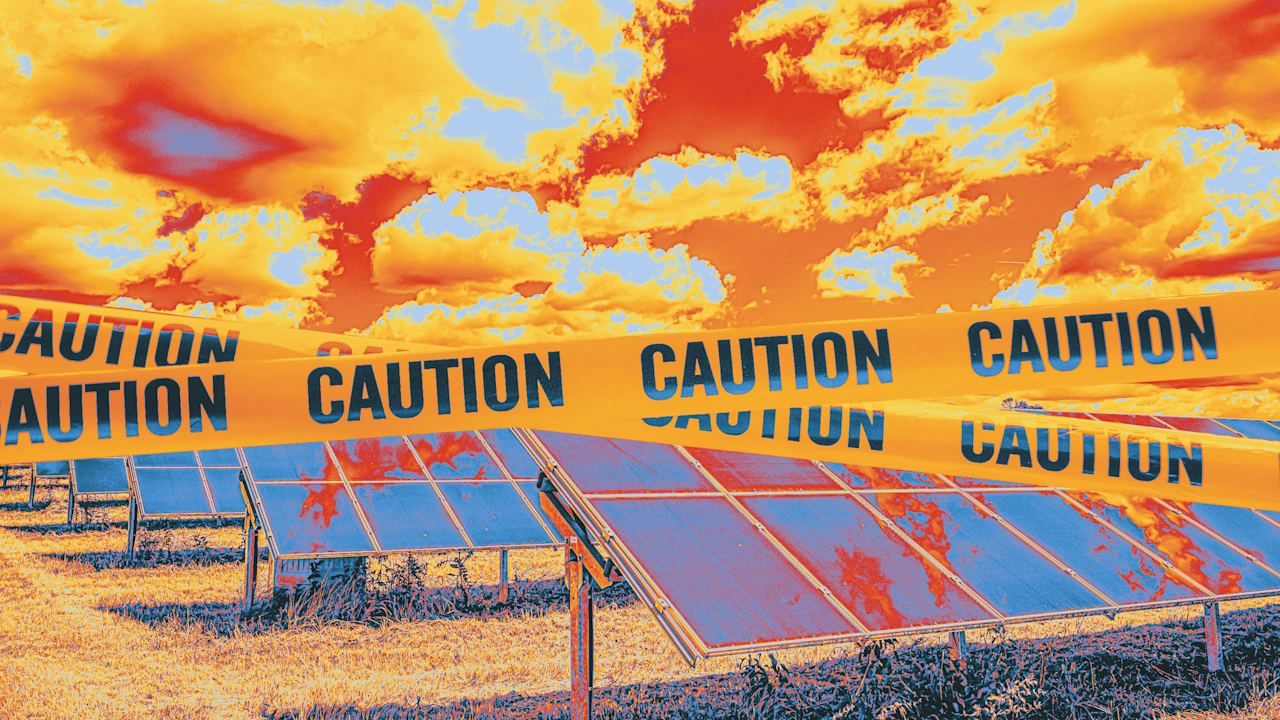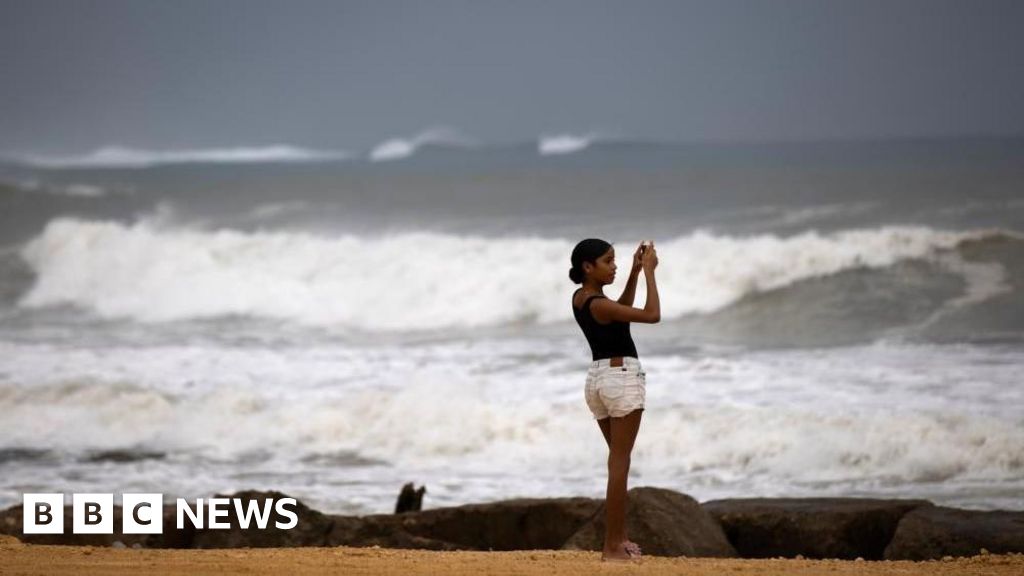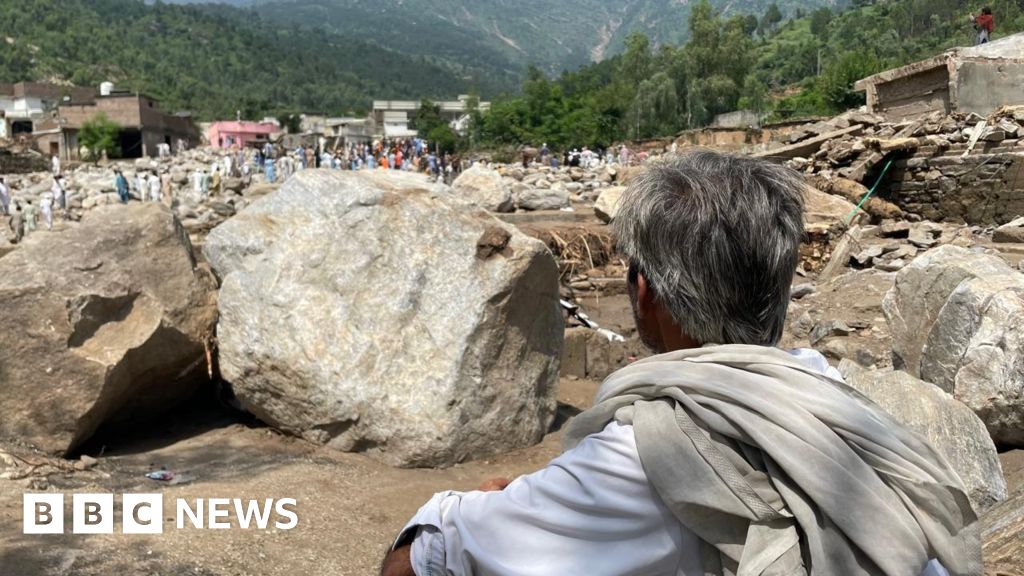Santa Fe YIMBYs are fighting to save a solar farm

For months, Dan Baker has been glued to his neighborhood’s Nextdoor feed in Santa Fe, New Mexico. Baker, a longtime solar consultant, looked for one thing as he scrolled: attacks against a planned solar farm and battery storage facility that could help power tens of thousands of homes in the community.
The local planning commission signed off on the project in February, but some residents immediately mobilized to try to stop it, filing an appeal. “We have a really odd situation here in that it’s largely a progressive community and kind of on top of the whole renewable energy thing,” Baker says. “But this particular project turned out to be somewhat of a surprise because of the opposition.”
The solar farm, proposed by the renewable developer AES Energy, would sit just outside the city of Santa Fe in the community of Eldorado, covering around 680 acres with solar panels and a large battery energy storage system (BESS). Some neighbors have argued that the batteries pose a major fire risk. But experts say that’s not the case.
Baker, and other local climate advocates, have been fighting the misinformation. After two days of hearings last week, the Board of County Commissioners is still deliberating on whether the project can move forward. It’s one example of how difficult it can be to build a renewable energy project—and how YIMBY (“yes in my backyard”) support can help.
A ‘solar-friendly’ community
Eldorado, which was built in the 1970s on former ranch land, was actually marketed as one of the first “solar-friendly” communities in the country. Homes were built to take advantage of passive solar heat in the winter, and some were early to adopt new technology like solar water heating. But the idea of the solar farm has been largely unpopular.
“Right now, they’re used to looking out over 800 acres of unused ranch land, which they don’t own,” says Baker. “But people tend to consider that ‘their’ backyard.”
The opposition echoes similar efforts to block wind and solar farms around the country. In the early days of wind energy projects on the grid, only around 10% of projects faced pushback. By 2016, that had jumped to around 25%. Wealthy, white communities—like Eldorado—are more likely to oppose projects. A study found that the average group of protestors is made up of only 23 people, though Eldorado’s includes more than 1,500.
‘Build it in a safer place’
Most residents argue that they support clean energy—somewhere else. “I don’t think any of us are opposed to the effort of reducing emissions,” one neighbor recently wrote on Nextdoor. “It’s just the wrong location, location, location!” Another wrote, “Obviously I am not a civil engineer. But I do have a right to object to this facility if there is the possibility of damage to my well-being and property.”
The group gave itself a pro-environment name: the Clean Energy Coalition. (Astroturfing groups funded by the fossil fuel industry have used similar naming tactics, like the “Save the Whales Coalition,” which fights offshore wind.)
In Santa Fe, residents say their biggest concern is fire risk. But the evidence doesn’t support their claims that the batteries are unsafe.
How batteries are designed for fire safety
While fires have happened in battery storage systems, those fires are rare—and getting even rarer. “We have a tremendous amount of storage that is on the grid operating all the time, especially, for example, in California and Texas,” says Nikhil Kumar, a program director at GridLab, a nonprofit focused on grid transformation. “Statistically speaking, the risk is low single digits.” The industry has improved quickly; the number of incidents dropped 98% between 2018 and 2024.
Out of the seven stationary battery fires that have happened in the U.S. in the last five years, none have escaped from a single container. “There has never been a fire from a BESS facility that physically spread outside the facility,” Baker says. One fire cited by opponents, at Moss Landing in California, was built in an unusual way—inside a former gas power plant instead of containers, and not following modern safety standards. Even though that project was only built five years ago, safety standards have already been updated multiple times.
A typical battery storage system sits inside a series of specialized units the size of shipping containers. Inside, rows of cabinets hold battery modules. A battery management system continuously monitors each battery cell for problems. The systems either use fire suppression or are designed to fully contain a fire if it does occur. In the proposed project, the batteries would be 1.5 miles from the nearest house.
Opponents overstating the risk
In Santa Fe, the solar farm opponents have repeatedly overstated the risk, says Baker, the solar consultant. He’s responded by trying to carefully provide the correct information on Nextdoor threads, or in person. “They make these statements without evidence,” he says. “It’s fearmongering without basis.”
There’s more risk that a fire could start accidentally at your neighbor’s house—and much more risk that a wildfire could occur. Fires are natural in the local ecosystem, but becoming more frequent and destructive because of climate change; building more renewable energy can help slow down the worst climate impacts.
Even if the risk isn’t zero, that doesn’t mean that the project should be built near a different community. Historically, most electricity in New Mexico came from coal power plants near Native American communities, where they dealt with constant pollution.
“Coal is guaranteed to poison people every single day of operation,” says Lucy Gent Foma, a neighbor who has been advocating for the solar farm project. “I just don’t think it’s fair for us to complain about the possibility of a risk of something that can be mitigated, and has been tested and certified to the highest level of standards available in the whole country, and we’re saying, ‘No, we don’t want that—but it’s okay that we’ve poisoned Native and underprivileged communities on a daily basis.’ That’s not fair.”
Why location matters
Under a 2019 law, utilities in New Mexico need to transition to renewable energy. The utility in Santa Fe has told regulators that it needs 2,000 megawatts of new renewable energy by 2030—or roughly 13 plants the size of the one proposed for Eldorado.
Eldorado happens to be one of the few locations that can easily tie into an existing transmission line, which is critical. “Transmission lines are one of the hardest things to get approved in the whole country,” Gent Foma says.
The line also directly serves Santa Fe. Right now, power travels to the city from farther away, using transmission lines that go through forests—and utilities have started implementing power shutoffs on high fire risk days to prevent accidental sparks. Generating and storing power locally would help the city’s lights stay on.
YIMBY versus NIMBY
There’s strong support for climate action in Santa Fe. Still, it’s inherently harder to get supporters to attend planning meetings than opponents who are motivated by fears about their own properties. “It’s so much easier to mobilize people who are angry and trying to shut something down than people who are in support,” says Gent Foma. Opponents tend to be retired, she says, while supporters are typically younger and may not be able to leave work or their young children to attend a meeting
Supporters have been organizing as much as they can, and having meetings about how to correct misinformation and mobilize public comments. “The irony is that if you asked anyone in Santa Fe if they support solar, they would say yes,” she says. “So I think the vast majority of people who are only minimally aware of this project are thinking, ‘Yeah, that’s a no-brainer.’ There’s not the net of misinformation getting to people who would otherwise support it. One thing that’s become clear is that like support needs organizing as much as opposition organizes.”
YIMBY support can make a difference, as has been proven over the last decade in the housing world. And supporters are beginning to speak out more for renewable energy projects across the country. “Community support can make a huge difference in countering the false narratives about these projects,” says Celerah Hewes, a national field organizer for Moms Clean Air Force, a nonprofit that helps parents take climate action. “Families that support clean energy projects in their neighborhoods know that they are doing their part to ensure future generations can breathe easier and that we are taking action to fight the climate warming that is contributing to extreme weather across the country.”
The clock is ticking
Delaying the solar project means more emissions now—but also means that energy costs could go up. Even if the county approves the projects, opponents have said that they’ll sue. “One thing that’s happened recently that turns up the heat is Trump’s Big Beautiful Bill,” Baker says. “If there’s further delay, or if the conditional use permit is denied and we have to start over somewhere else, the cost of the project will go up 30% overnight. And we consumers will have to pay.”
What's Your Reaction?
 Like
0
Like
0
 Dislike
0
Dislike
0
 Love
0
Love
0
 Funny
0
Funny
0
 Angry
0
Angry
0
 Sad
0
Sad
0
 Wow
0
Wow
0




























































































